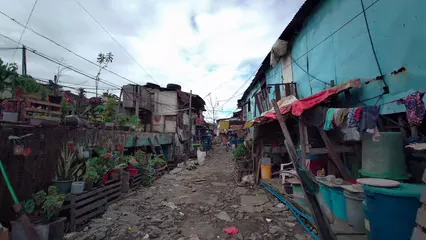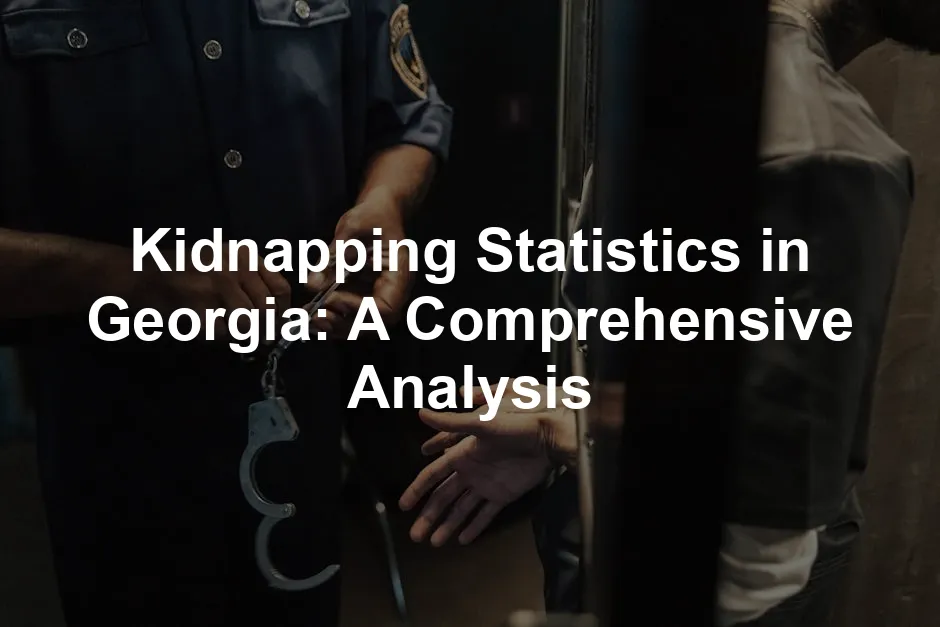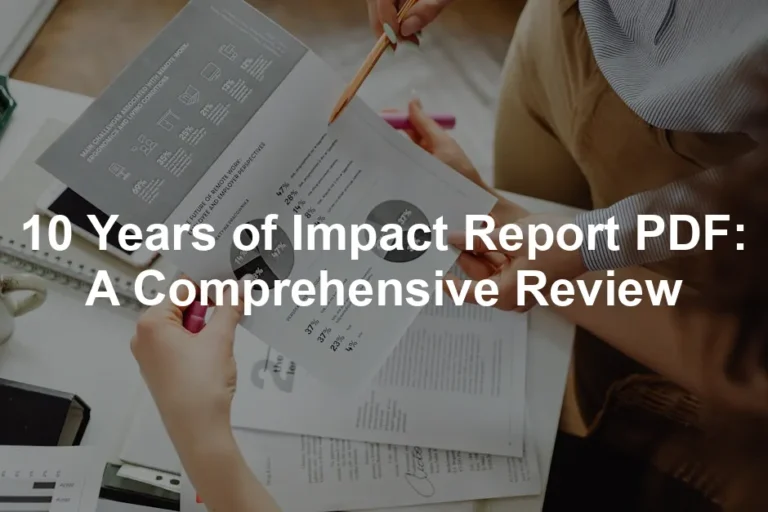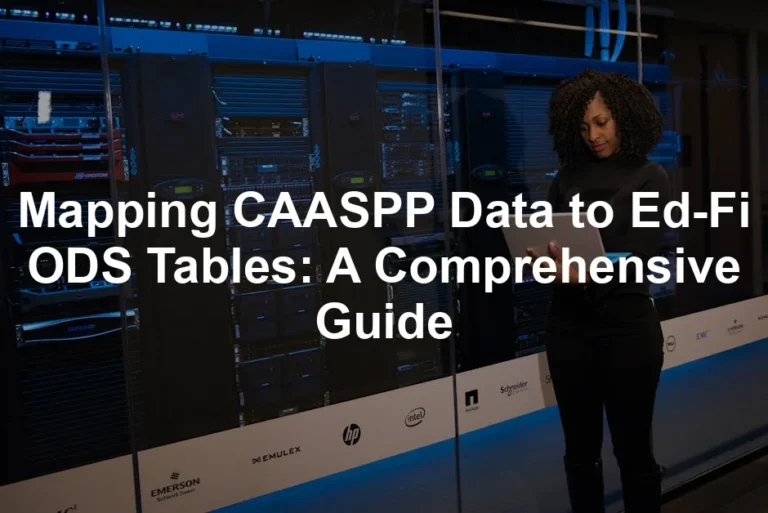Introduction
Understanding kidnapping statistics in Georgia is crucial. It helps us grasp crime trends and impacts public safety. Awareness of these trends can influence policy-making and community safety initiatives.
In this article, we will dissect historical data, current trends, geographical variations, and prevention strategies related to kidnapping in Georgia. We’ll dive into how the landscape of kidnapping has changed over the years and what various data sources tell us about the state’s safety.
We will reference credible sources such as the Georgia Bureau of Investigation (GBI) and other statistical databases. This ensures that the information you read is accurate and reliable, giving you a clearer picture of kidnapping incidents within the Peach State.
Speaking of safety, have you ever considered investing in a Personal Safety Alarm Keychain? It’s a compact device that can help you call for help in emergencies, ensuring you’re always prepared for the unexpected. Plus, they come in fun colors!

Understanding Kidnapping and Its Definitions
What Constitutes Kidnapping?
Kidnapping is a serious crime that involves unlawfully seizing and carrying away a person by force or fraud. Each state in the U.S. has its own legal definitions and penalties. In Georgia, the law categorizes kidnapping primarily into simple and aggravated kidnapping.
Simple kidnapping typically involves taking a person without their consent but without any aggravating factors. This might include situations where the victim is held for ransom or other motives.
Aggravated kidnapping is a more severe offense. It usually involves the use of a weapon, serious injury to the victim, or the intent to inflict harm. This classification can escalate penalties significantly, reflecting the increased danger posed to victims.
Understanding these definitions is vital for recognizing the complexity of kidnapping cases. They can vary widely based on circumstances, making it essential for law enforcement and the public to understand the parameters involved.
To further educate yourself on the psychological aspects of trauma, consider reading “The Body Keeps the Score” by Bessel van der Kolk. This book explores how trauma affects us and offers insights on healing, which can be especially relevant in discussions about kidnapping.

Kidnapping vs. Abductions
While kidnapping and abduction may seem synonymous, they are distinct. Kidnapping typically refers to unlawful acts involving force or coercion. In contrast, abduction might include parental abduction, where a parent takes their child unlawfully.
For instance, if a parent takes their child without the other parent’s consent, it can fall under parental abduction rather than traditional kidnapping. This distinction is crucial when discussing legal ramifications, as the motivations and contexts differ significantly.
In conclusion, understanding the definitions and distinctions surrounding kidnapping is essential. It equips us with the necessary knowledge to address public safety and foster informed discussions surrounding prevention and legal measures.
To further enhance your understanding, you might want to check out “The Gift of Fear” by Gavin de Becker. This book teaches you to recognize instincts that can protect you from danger, which is invaluable knowledge in today’s world.

Historical Overview of Kidnapping in Georgia
Trends Over the Years
Over the decades, Georgia has witnessed a fluctuating landscape of kidnapping incidents. Historical data reveals that the 1990s saw a significant peak in kidnapping cases. What was going on, you ask? Economic downturns and urban crime spikes might have played a role. The state was grappling with shifts in law enforcement policies, which also influenced crime rates.
Fast forward to the mid-2000s, and we see a downward trend. Improved law enforcement strategies, community programs, and economic recovery led to a decrease in reported incidents. By 2010, the numbers had significantly dropped, reflecting a collective effort towards crime prevention.
However, the trend isn’t always linear. In recent years, there have been occasional spikes, often linked to specific events or societal changes. For instance, the rise in organized crime has been noted to influence kidnapping rates, particularly in urban areas.
To stay informed about crime trends, you might consider investing in a Home Security Camera System. Keeping an eye on your surroundings can give you peace of mind and help deter potential threats.

Comparison with National Trends
When comparing Georgia’s kidnapping statistics to national averages, there are notable contrasts. Georgia often ranks higher in kidnapping incidents than many states, largely due to its urban density and socioeconomic challenges. Nationally, kidnapping rates tend to fluctuate less dramatically, often remaining stable year over year.
A glance at the statistics reveals that while Georgia’s kidnapping rates have shown some decline over the past decade, they still exceed the national average. For instance, in 2021, Georgia reported about 400 kidnapping incidents, while the national average hovered around 200. This discrepancy indicates a unique set of challenges within the Peach State.
Graphs and charts illustrating these trends can be quite revealing. They show not just the raw numbers, but also the context behind them—demographics, economic factors, and law enforcement practices all play a crucial role in shaping these statistics.
Understanding these trends is essential for policymakers and communities alike. By analyzing the data, we can better address the root causes and work together to implement effective prevention strategies.
Current Kidnapping Statistics in Georgia
Recent Data Analysis (2020-2023)
Understanding kidnapping statistics in Georgia is essential for grasping crime trends. The Georgia Bureau of Investigation (GBI) provides a wealth of data on reported kidnapping cases. From 2020 to 2023, the state has seen various trends in kidnapping incidents, highlighting significant dynamics in demographics and motivations.
Total Reported Cases
In 2020, Georgia reported approximately 275 kidnapping cases. This number spiked to 320 in 2021, which raised eyebrows across the state. By 2022, the figure decreased slightly to about 290 cases. Preliminary data for 2023 indicates a potential increase again, with estimates nearing 310 cases.
This fluctuation indicates that while efforts to curb such crimes are in place, challenges remain. Factors contributing to these changes can include socioeconomic conditions and regional law enforcement effectiveness.

Demographics of Victims
When examining the demographics of victims, a distinct pattern emerges. Victims predominantly fall within the age range of 18 to 35, making up nearly 50% of reported cases. Gender-wise, women are disproportionately affected, accounting for about 60% of victims.
Geographic locations also play a crucial role. Urban areas, notably Atlanta and Savannah, report higher numbers of kidnapping incidents. These cities often experience more personal disputes leading to such crimes.
Types of Kidnapping Incidents
Kidnapping incidents in Georgia can be categorized primarily into two types: personal disputes and ransom-related crimes. Personal disputes, often involving domestic issues, account for around 70% of all reported cases. The remaining 30% are primarily ransom-related incidents, which tend to draw significant media attention due to their high-stakes nature.
The GBI’s data indicates that the motives behind these kidnappings vary. While personal disputes arise out of domestic tensions, ransom kidnappings often reflect organized crime activities. This diversity in motivations showcases the multifaceted nature of kidnapping in Georgia.
Geographic Distribution of Kidnapping Incidents
Mapping out kidnapping incidents reveals stark geographic disparities in Georgia. Certain areas, particularly urban centers, experience significantly higher rates of kidnappings compared to rural regions. For example, Atlanta consistently ranks among the top cities for kidnapping incidents, attributed to its dense population and socio-economic factors.
On the other hand, counties like Oconee and Fannin report minimal cases, leading to perceptions of safety among residents.
An infographic illustrating the distribution of kidnapping incidents across Georgia would highlight these disparities effectively. Cities with high rates would include Atlanta, Columbus, and Savannah, while rural areas like Oconee and Talbot would demonstrate much lower figures.
Understanding these geographic trends is critical for law enforcement and community awareness efforts. Local authorities can tailor their strategies based on these statistics, focusing on areas that need heightened vigilance and intervention.

Factors Influencing Kidnapping Rates in Georgia
While analyzing statistics is crucial, it’s equally important to understand the underlying factors that influence kidnapping rates in Georgia. By examining socioeconomic conditions, law enforcement practices, and community engagement, we can gain insights into the complexities of this crime.
Socioeconomic Factors
Poverty, unemployment, and education levels significantly correlate with crime rates, including kidnappings. Areas with higher poverty rates often experience increased crime, as individuals may resort to desperate measures for financial gain or personal disputes. Neighborhoods with lower educational attainment also tend to see higher crime rates, including kidnappings.
Law Enforcement and Legal Framework
The role of law enforcement in addressing kidnappings cannot be overstated. Improved reporting and response strategies have shown to reduce crime rates. Additionally, recent legislative changes aimed at enhancing penalties for kidnapping may deter potential offenders.
Community programs designed to increase awareness and education around personal safety also play a vital role. Initiatives like neighborhood watch programs can foster a sense of community responsibility, making it harder for kidnappers to operate unnoticed.
In conclusion, while statistics provide a snapshot of the kidnapping landscape in Georgia, it’s the interplay of various factors that shapes these numbers. By understanding the complexities of this issue, communities can better equip themselves to combat kidnapping and enhance overall public safety.

Socioeconomic Factors
Socioeconomic factors play a significant role in shaping kidnapping rates in Georgia. Let’s break it down!
Poverty is a leading indicator. Areas with high poverty rates often see increased crime, including kidnappings. Desperation can lead individuals to commit crimes as a means of survival. For instance, neighborhoods plagued by economic hardship may experience a surge in personal disputes and related kidnappings.
Education is another critical factor. Regions with lower educational attainment have higher crime rates. Education often correlates with better job opportunities. When individuals lack access to quality education, they may resort to illegal activities, increasing the likelihood of kidnapping incidents.
Unemployment exacerbates these issues. High unemployment rates can create a breeding ground for crime. Individuals without stable jobs may feel compelled to commit crimes out of financial necessity. This correlation underscores the need for economic development and employment opportunities in at-risk areas.
Research indicates that as poverty, lack of education, and unemployment rise, so do kidnapping rates. Law enforcement agencies often target these socioeconomic issues in their crime prevention strategies. Addressing these root causes can lead to a significant reduction in kidnapping incidents.
Law Enforcement and Legal Framework
Law enforcement is a pivotal player in combating kidnapping in Georgia. Their role involves not only responding to incidents but also preventing potential crimes.
Over the years, law enforcement agencies have adopted various strategies to address kidnapping. Improved training, increased resources, and community engagement initiatives have all made a difference. For example, many departments now emphasize swift response protocols when a kidnapping is reported. This rapid action can be crucial in preventing harm to victims.
Legal frameworks have also evolved. Recent legislative changes have strengthened penalties for kidnapping offenses. This increase in consequences aims to deter potential offenders. Stricter laws can create a chilling effect, leading to a decrease in kidnapping incidents.
Moreover, community awareness has become integral to law enforcement efforts. Programs that educate the public about recognizing suspicious behavior and reporting it can enhance safety. Increased collaboration between law enforcement and communities fosters trust, making it easier to prevent kidnappings before they happen.
In summary, the combination of proactive law enforcement strategies and robust legal frameworks significantly impacts kidnapping statistics in Georgia. Continuous adaptation to evolving crime trends is essential for effectively tackling this serious issue.

Prevention and Awareness Strategies
Community Initiatives
Community initiatives are vital in preventing kidnapping incidents in Georgia. One effective approach is establishing neighborhood watch programs. These programs encourage residents to look out for one another. When neighbors are vigilant, it creates a sense of security. This proactive involvement often deters potential kidnappers, who prefer to operate in areas where people are unaware or uninvolved.
Educational campaigns also play a crucial role. Schools, community centers, and local organizations can offer workshops and seminars to teach families about safety. Topics may include recognizing warning signs, safe practices, and how to respond in emergencies. Knowledge empowers individuals, making them less vulnerable to kidnapping attempts.
Another strategy involves collaboration with local law enforcement. When police departments partner with communities, they can host safety events. These gatherings allow residents to ask questions, share concerns, and learn about crime trends. Open communication fosters trust and encourages proactive crime prevention measures.
Social media can be harnessed to raise awareness about kidnapping. Community pages can share important safety tips and real-time alerts. Using a platform many people engage with regularly makes it easier to disseminate information quickly.
Lastly, involving youth in these initiatives is essential. Programs that encourage young people to participate in safety workshops instill a sense of responsibility. When kids learn about safety and crime prevention, they are likely to share this knowledge with their peers and families.
In conclusion, community involvement is a powerful weapon against kidnapping. By fostering vigilance, education, and collaboration, Georgia can work towards reducing the incidence of this crime. Together, communities can build a safer environment for everyone, ensuring that each child can play outside without fear.

Resources for Victims and Families
If you or someone you know has been affected by kidnapping in Georgia, there are resources available to help. First and foremost, the Georgia Bureau of Investigation provides support through its Crime Victims Assistance Program. They offer guidance, legal resources, and emotional support for victims and their families. You can reach them at their dedicated hotline or visit their website for more information.
Another valuable resource is the National Center for Missing & Exploited Children. They operate a 24-hour hotline that assists with cases involving missing children and abductions. Their trained professionals can provide advice and support to navigate these troubling times.
Local organizations, such as the Georgia Alliance for Drug Endangered Children, often have programs that address the aftermath of kidnapping and can connect families with necessary support services. They focus on prevention and recovery, ensuring that victims receive the help they need.
Support groups also play a vital role. Connecting with others who have faced similar experiences can provide comfort and healing. Organizations like Parents of Murdered Children offer support groups that, while focused on homicide, can also provide resources and community for families affected by violent crimes, including kidnapping.
To protect themselves and their children, families should consider implementing safety strategies. Teaching children about personal safety is fundamental. This includes knowing their full name, address, and how to call for help. Encourage kids to trust their instincts—if something feels off, it probably is.
Establishing open lines of communication is crucial. Create a safe space where children feel comfortable discussing anything that makes them uneasy. Additionally, consider enrolling in self-defense classes or community safety programs. You can find some great options for Self-Defense Training Equipment on Amazon!
Neighborhood watch programs can also enhance safety. When communities come together to look out for one another, it creates a stronger, safer environment for everyone.
In summary, resources are abundant for those affected by kidnapping in Georgia. By utilizing available services and fostering safety awareness, families can work toward prevention and healing.
FAQs
What are the most common types of kidnapping in Georgia?
In Georgia, the majority of kidnapping incidents stem from personal disputes, often involving domestic situations. These cases typically account for around 70% of reported kidnappings. Ransom-related kidnappings, while less frequent, still capture significant media attention, making up the remaining percentage.
How do Georgia’s kidnapping rates compare to other states?
Georgia tends to have higher kidnapping rates than many neighboring states. While the national average hovers around 200 reported cases annually, states like Alabama and South Carolina often report similar or slightly lower figures. This highlights the unique challenges Georgia faces concerning this crime.
What resources are available for someone who has been a victim of kidnapping?
Victims of kidnapping can access several resources, including the Georgia Bureau of Investigation’s Crime Victims Assistance Program and the National Center for Missing & Exploited Children. Local support groups and hotlines also provide essential emotional and legal support.
What can communities do to help prevent kidnapping?
Communities can implement neighborhood watch programs, host educational workshops on safety, and foster open communication about suspicious activities. Engaging local law enforcement in these initiatives can further enhance safety efforts.
Are there any recent legislative changes regarding kidnapping laws in Georgia?
Recent legislative changes in Georgia have focused on strengthening penalties for kidnapping offenses. These updates aim to deter potential offenders and enhance the legal framework for addressing kidnapping, reflecting the state’s commitment to improving public safety.
For a deeper understanding of the context surrounding these statistics, you can explore the reading statistics for the state of Georgia.
Please let us know what you think about our content by leaving a comment down below!
Thank you for reading till here 🙂
All images from Pexels




